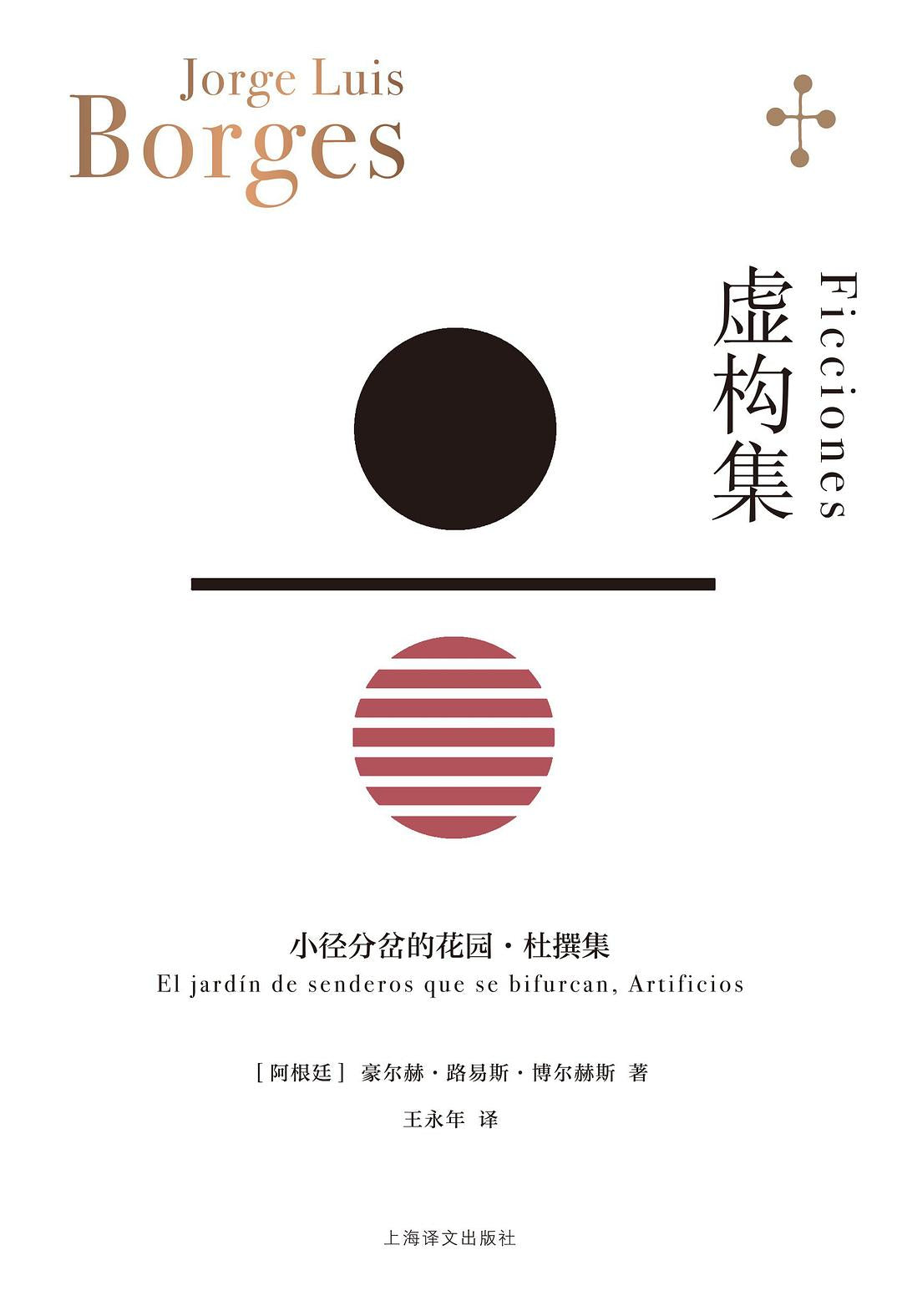1
/
of
1
Fictional Collection
Fictional Collection
[Argentina] Jorge Luis Borges Wang Yongnian 译
Regular price
$20.99 USD
Regular price
$24.99 USD
Sale price
$20.99 USD
Unit price
/
per
Low stock
Couldn't load pickup availability
About Book
About Book
Ficciones: Jardines de senderos que se bifurcan, Artificios
* The Garden of Forking Paths - Fiction* The Garden of Forking Paths (full version)
* “He wanted to dream of a person: to dream of that person exactly, to make it come true.”
This book is a representative collection of short stories by Jorge Luis Borges, the Argentine poet, novelist, critic, translator, and master of Spanish-language literature. It includes sixteen stories from two volumes, The Garden of Forking Paths and The Fictions. In 1944, Borges officially published these stories as The Fictions. Borges's direct use of the word "fiction" in naming his iconic work is also the final format he settled on for The Garden of Forking Paths.
The Garden of Forking Paths, published in 1941, is Borges' most widely known novel. The thread of "novel—garden—time—labyrinth" first appeared in Borges's writing and became a key phrase in his art. His understanding of the various sequences of time—parallel, divergent, converging, or intersecting—incorporated into his writing gave rise to endless possibilities.
"Fictions" continues the theme of fictional legends. The collection includes "The South," the author's "most proud story," considered a turning point in Borges's writing. The protagonist, Dahlmann, a secretary at the Buenos Aires Municipal Library, inexplicably scratches his forehead while ascending a staircase. This leads to a high fever and recurring nightmares, leading to his admission to a sanatorium. After his condition improves, he decides to return to his ancestral estate in the South to recuperate. He travels by cab, train, and foot, finally, on a whim, stopping at a grocery store for a meal. He becomes embroiled in a duel and dies at the hands of his opponent. Within Borges's linguistic labyrinth, this story offers a different interpretation: Dahlmann never died; his journey back to the South was a dream he had while lying in his hospital bed, where he died in a duel. A man living an ordinary life chooses the spectacular death he longed for in his dream. From then on, the complete dissolution of the binary opposition between reality and fiction became Borges's most recurrent writing technique.
★ "The Fictions" is a collection of "The Garden of Forking Paths" and "The Fictions." Borges's iconic novel, directly titled "Fiction," is the final version of "The Garden of Forking Paths" he settled on.
"In all fiction, when a person is faced with several options, they always choose one possibility and exclude the others. But in Peng Yu's intricate novel, the protagonist chooses all possibilities. This gives rise to many different future lives, many different time periods, and endlessly branching out."
★ "Fictions" is the starting point for the complete formation of Borges' "novel-garden-time-labyrinth", and Borges' fictional writing has reached a magical turning point.
"Time is always branching, leading to countless futures."
“I imagined a maze of mazes, a complex, ever-evolving maze that encompassed the past and the future, and in some sense even other planets.”
★ "The Fictions" includes Borges' "most proud story" "The South".
"Real life loves symmetry and slight time shifts..."
"He had the feeling of being two people in one: one was walking across the autumn fields of his homeland, and the other was confined in a sanatorium, submitting to the manipulation of a system."
"It was all a chance encounter, like a dream on the plains."
Publication Date
Publication Date
2023-05-15
Publisher
Publisher
上海译文出版社
Imprint
Imprint
Pages
Pages
208
ISBN
ISBN
9787532791781
share

